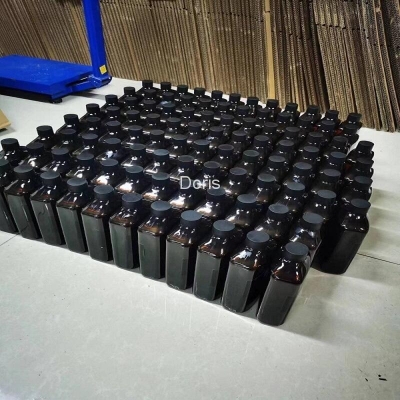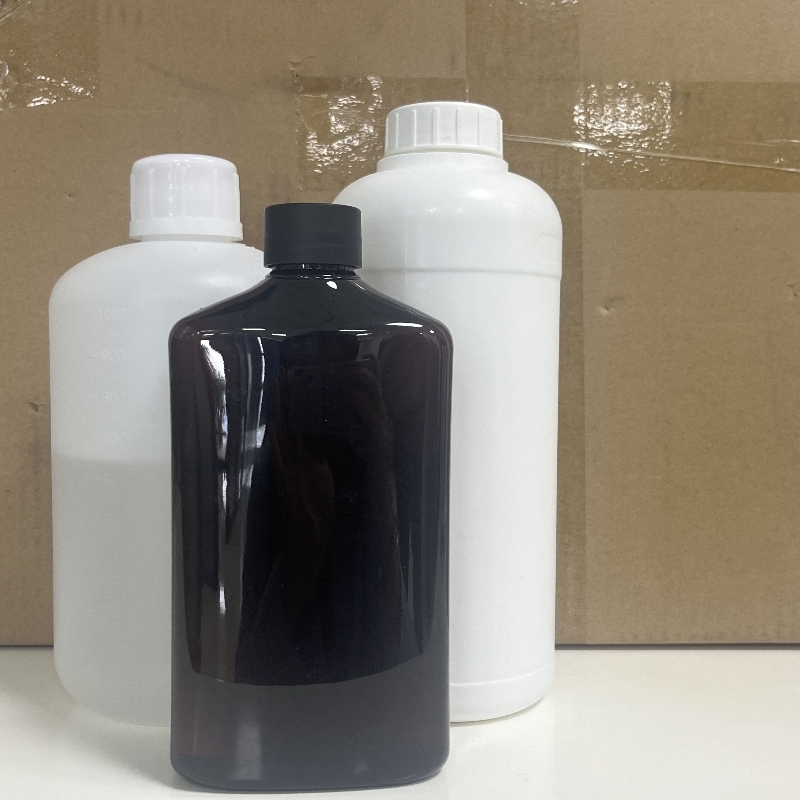-
Categories
-
Pharmaceutical Intermediates
-
Active Pharmaceutical Ingredients
-
Food Additives
- Industrial Coatings
- Agrochemicals
- Dyes and Pigments
- Surfactant
- Flavors and Fragrances
- Chemical Reagents
- Catalyst and Auxiliary
- Natural Products
- Inorganic Chemistry
-
Organic Chemistry
-
Biochemical Engineering
- Analytical Chemistry
- Cosmetic Ingredient
-
Pharmaceutical Intermediates
Promotion
ECHEMI Mall
Wholesale
Weekly Price
Exhibition
News
-
Trade Service
There is a problem with endoscopic cleaning! A new study has found that strict cleaning procedures do not ensure that medical endoscopes are free of contamination, and that many reused endoscopes have scratches and dents due to long-term repeated use, which can cause the patient's blood, tissue, and bacteria to breed
.
The seven-month study, published in the American Journal of Infection Control, found that 12 out of 20 gastroscopes and colonoscopies tested positive for bacterial growth, even with cleaning and disinfection or other additional measures using current guidelines
.
Damage
to the end of the colonoscopy.
Left, scratched, cloudy lens
.
Right, scratches, scaly lenses and dents, brown debris
around the channel exit.
In addition, 17 endoscopes were completed due to damage (scratches, dents, etc.
) returned to the factory for repair, as shown in the photo, the endoscope did not have multiple scratches and dents, which caused tissue to remain inside
the channel.
Doctors and healthcare facility administrators must pay enough attention to this issue, and patients have the right to claim that the endoscopes they use are clean and safe, the researchers
said.
Since 2015, U.
S.
authorities have investigated several outbreaks of "superbugs" caused by endoscopy, most of which have been found to be due
to the use of duodenoscopy.
At least 35 people have died in the past 4 years
.
The limitation of the study is that the sample size is small, but experts say that the study is very rigorous, and such results have attracted serious attention
.
The American woman, who died of her husband's infection with contaminated endoscopy, has filed a complaint with a local court in the United States about a professor in the Department of Medical Microbiology at the University of Manitoba, Olympus (endoscopy manufacturer), and Michelle Alfa, a consultant on the supervision of endoscopic testing in the United States, said: "It is quite shocking to see the pictures in this study! ”
。
She said: "Obviously these endoscopes are no longer available, and I'm amazed at what the doctors who use endoscopes can see with such endoscopes because the lenses are already covered in dregs
.
The inside of the endoscope also looks terrible! The dark and discolored parts of the endoscope indicate that the biofilm has formed, and the biofilm formed is sticky and difficult to wash off, just like the barbecue dish you use, which turns brown over time and is difficult to clean
.
The researchers found irregularities
within the colonoscopic passages.
Left, scratches and discoloration
.
Right, internal lining sagging and brown staining
.
The U.
S.
FDA said the study has attracted the attention of the FDA and has urged medical institutions to stop using any endoscopes
that show damage.
FDA spokesperson Deborah Kotz said the FDA will continue to pay attention to the sterilization of reusable medical devices and actively look for ways to reduce the risk
of infection for endoscopic reuse.
Due to news reports and FDA warnings, many medical care providers in the United States have taken steps to address the risk
of infections associated with endoscopic use.
Undoubtedly, this research has made the global infection control workers turn their attention to endoscopic cleaning and disinfection, we have also seen reports of biofilms in endoscopy in many literatures, but because it is impossible to track the follow-up of patients using it, many patients can not be found in time even if some related infections occur because of the use of contaminated endoscopes, and most of our outpatient endoscopic patients do not need to do infectious disease screening, which undoubtedly further increases the risk of infection
。







